Hello Steemains,
Assalamu Alaikum, I hope everyone is well. I am also well by the grace of Allah . The subject of my post today is about rice pumpkin tree and I will try to share with you as much as I know about it.
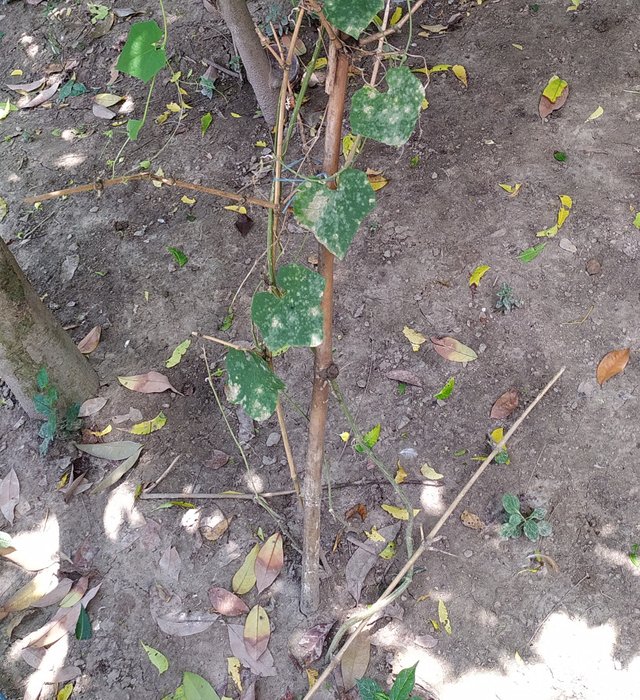
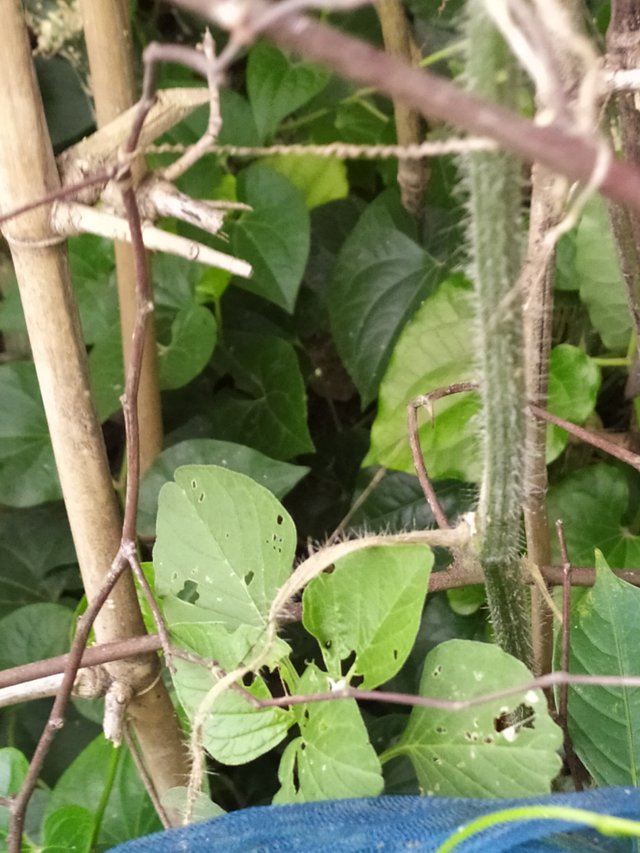
This is the root side of the pumpkin plant, i.e. the side from which the plant grows after planting, and is surrounded by many fences and nets to prevent them from being eaten by cows, goats, and other animals from destroying the plant. For thus measures are taken andIt can be planted anywhere around the house or even in the field but it is best to surround it as they are likely to be eaten and if you plant them you must put them over fences or rice paddies otherwise they may spoil. Action is to be taken.
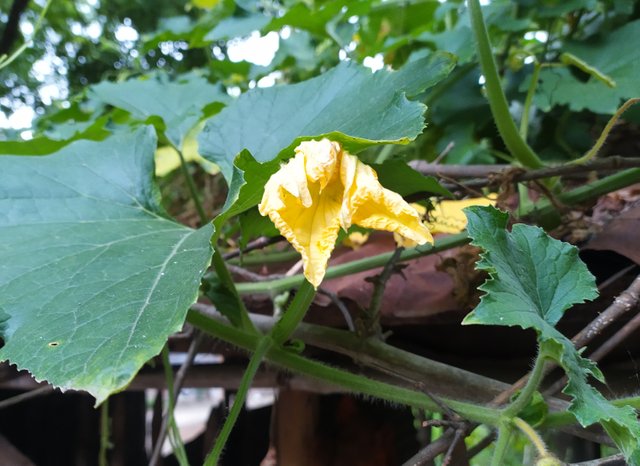
This is the fruit of the pumpkin tree but this fruit is not fresh and nutritious which is why this fruit is in this condition and will not get any fruit from this phone because this fruit is very poor in nutrition which is why and many of these trees are like this but some fruits are very beautiful. And fresh ones are more likely to bear fruit.
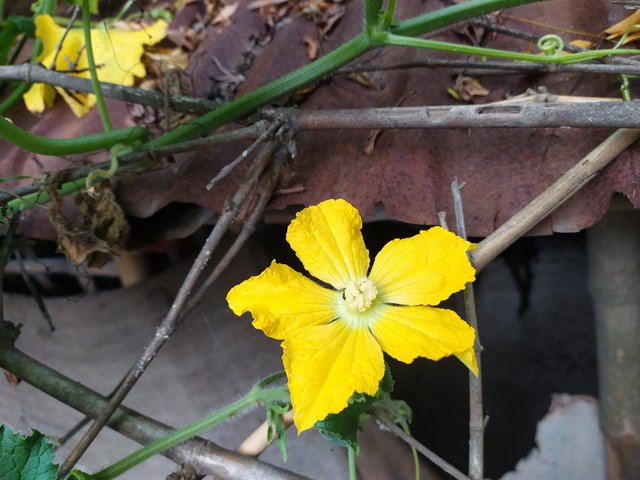
This flower is the fresh hole of the pumpkin plant and it is more likely to catch pumpkins from this tree and you can eat these flowers wet by mixing them with flour and frying them. There are pumpkins in our country andThis pill is made with kal dal which is a very famous dish in our country. You can eat this body by cooking it with any curry so most of the people in our country leave these flowers to catch the pumpkin.
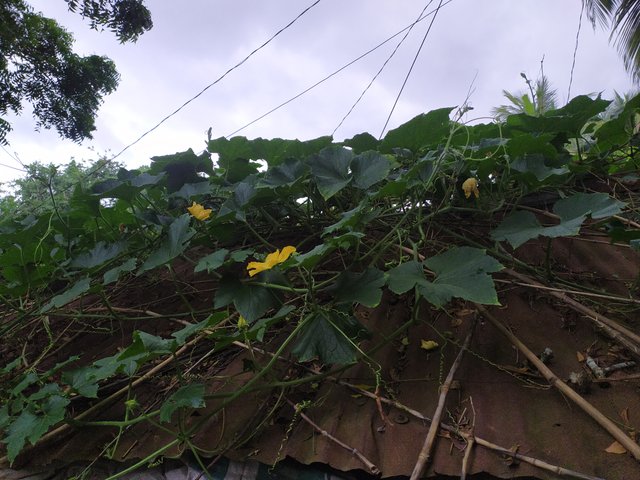
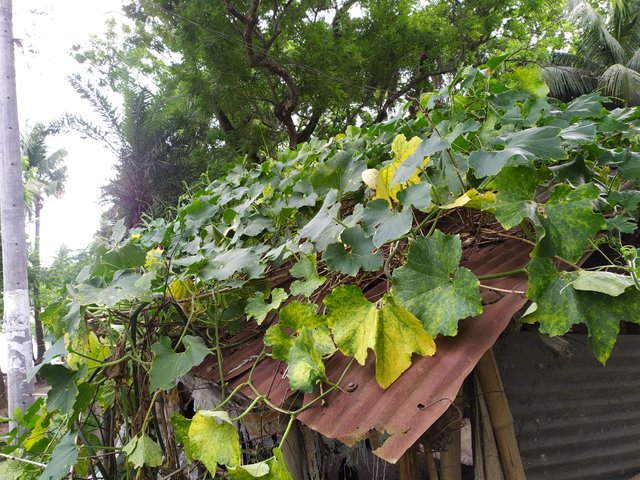
These plants have to be placed on top of the rice in this way because if any one touches it near the ground, there is a possibility of reaching the committee. More likely to go and become insectsThere is a possibility that it should be hung in the rice so that this fruit can be good for a long time and it can be used when needed, so the tree of the fruit has to go like this so that the fruit is good and because of this method this fruit is named rice pumpkin.

Source
This is the rice pumpkin fruit.
Cultivation of rice and pumpkin at a glance:
Improved varieties:
Bari gourd-1, Ipsa gourd-1, Jupiter, Hira 451 F-1Nutritional value: 96.5 g of water content per 100 g of pumpkin, 0.3 g of minerals, 0.8 g of fiber, 10 kcal of dietary energy, 0.4 g of carbohydrates, 1.0 g of fat, 1.6 g of sugar, 30 mg Contains calcium, 0.8 mg of iron, 1 mg of vitamin-C.
Sowing time:
Feb-May (Phalgun to Ashwin) is the best time.
Cultivation:
The day before planting the seedlings, the soil should be well soaked with water in the afternoon. Next day afternoon seedling should be planted. The soil of the damas should be well turned over, with a cup to make room for planting the seedlings. Cut along the folds of the seedling polybag with a blade, remove the polybag and plant the seedling along with the soil lump at a specific place and fill it with soil around it. Water should be given in the hole after planting. Care should be taken while removing the polybags and planting the seedlings so as not to break the soil and damage the roots of the seedlings. Otherwise, pathogens will enter through root wounds and plant growth will be delayed if the roots are damaged.
Amount of seeds:
2.5 - 3 grams per cent depending on the variety.
Fertilizer management:
Fertilizer Name Centuries
Compost 80 kg
Urea 800 grams
TSP 700 grams
potash 600 grams
Gypsum 400 grams
"20 kg dung, half TSP and 200 g potash, all gypsum, zinc, boron should be applied to the soil during land preparation. Remaining dung (5 kg per ma), TSP (30 g per ma), 200 g potash (20 per ma grams), total magnesium (5 grams per plant) should be applied 7-10 days before planting10-15 days after planting 200 grams of urea and 200 grams of potash (15 grams per plant), 2nd time after 30-35 days, 3rd time after 50-55 days 200 grams of urea (15 grams per plant) will be 100 grams of urea (15 grams per plant) should be applied after 70-75 days of planting.
Irrigation:
Irrigation should be done whenever there is a shortage of sap in the land. The rice pumpkin vine is very juicy and soft. So when the soil dries up, the plant sags and the young fruit and buds drop. Irrigation should be done after 5-6 days during dry season. Every time after irrigation, if the soil at the base of the tree is compacted, the compact should be broken. Excess water should be drained after rain.
Weeds:
Soil Monitor the soil regularly. After irrigating and fertilizing, weeding is done just after coming. Weed control should be done after 20-25 days of seedling growth. If the tree is too thick, it should be thinned. From the seedling stage to before the formation of garlic, the land should be cleared of weeds by hoeing 2 to 3 times.
Weather and disasters:
If the water accumulates on the land due to heavy rains, measures should be taken to remove the water quickly by making drains.
Insects:
Squash bug of rice and pumpkin - Imidachloroprid insecticide (like Edmire or Tido 7-10 ml / 2 mouths) mixed with 10 liters of water and sprayed every 5th century 2/3 times every 10 days.
Spray insecticides like cypermethrin (like Kot or Magic mixed with water at the rate of 10 ml/10 liters) in the morning and evening to control tunneling insects. Harvest edible vines and fruits before spraying. Vegetables will be poisonous within 15 days after spraying.
Fruit fly insect-Cypermethrin type insecticide (such as Ustad 20 ml or Magic or Kot 10 ml) should be mixed with every 10 liters of water and sprayed every 5 hundredths 2/3 times every 10-12 days. Care must be taken when spraying the medicine.
Red Pumpkin Beetle/Lal Beetle-Cypermethrin insecticide (such as Ustad 20 ml or Magic or Kot 10 ml) should be mixed in every 10 liters of water and sprayed 2/3 times every 5 hundredths every 10-12 days. Care must be taken when spraying the medicine.
Disease:
Leaf Curl - If whiteflies (carrier insects) are found on the ground, Imidachloroprid insecticides (like Edmire or Tido 10 ml. 2 mouthfuls) mixed with 10 liters of water should be sprayed every 5 centuries.
Gummy stem blight disease - Mancozeb + Metaloxyl fungicide (eg Ridomil Gold 20 grams in 10 liters of water can be sprayed 2-3 times after 10-12 days.
Downy Mildew Disease - Mancozeb+Metaloxyl fungicide (eg Ridomil Gold 20 grams in 10 liters of water can be sprayed 2-3 times after 10-12 days.
Caution: Before using pesticide/insecticide, read the label on the bottle or packet carefully and follow the directions. Wear safety clothing during use. No smoking or drinking during use. Be careful not to let water from pesticide-sprayed land run into open water bodies. Market the crops of pesticide applied fields at least seven to 15 days later. Wear protective clothing when using pesticides/insecticides. Do not smoke or drink during use.
Yield:
110 – 130 kg per century depending on the variety.
Storage:
Store in a cool and ventilated place in such a way that the fruit is not rubbed or pressed. If you want to store the seeds for a long time, you can mix neem oil. After a few days, dry the seeds in the light sun. The soil has to be cleaned. Then dry it in the shade for 3-4 days. Garlic can become soft when dried in the sun. Then the garlic is cut from the stem and stored. Hang dried garlic seeds in a loft in a light ventilated room. Garlic is good in it. If there is more quantity, dry it and keep it in a net bag. In addition, a large amount of dry garlic in the freezer at 0-2 degrees C. Store longer at 60-70% humidity at room temperature."
Source
The link above is where I got this information from.I did not know this information, so I took the help of Google, sorry and I am giving the link.
I hope the post will be useful to you and you will like it. If you like it, then definitely support me. Thank you all.
Ask for guidance, direction and support from the Community Manager:
@radjasalman | @alee75 | @fantvwiki| @steemcurator01 @heriadi| @hot.news
Cc. @dsc-r2cornell
@pennsif
@adollaraday
Best Regard,
@bdboy